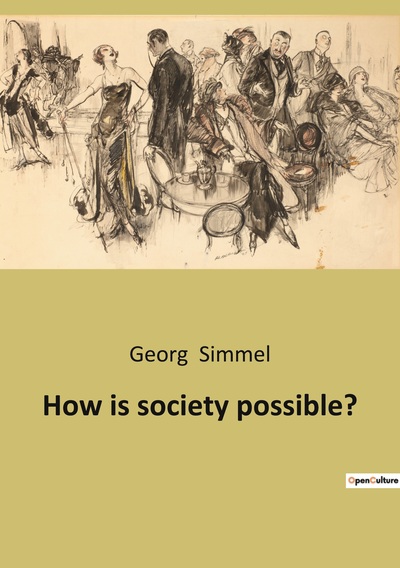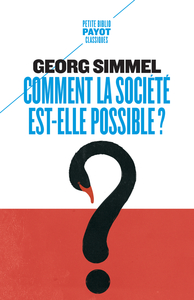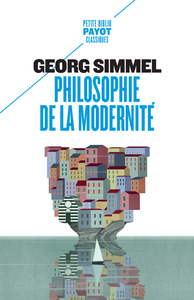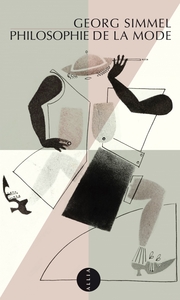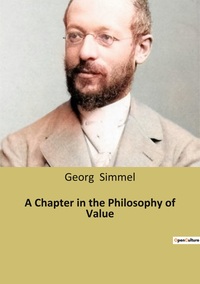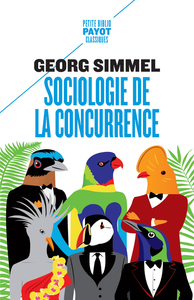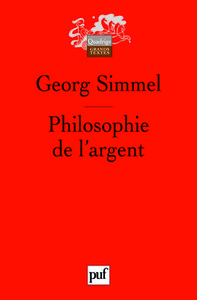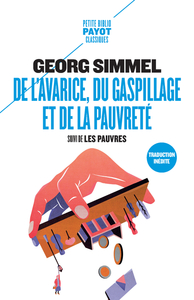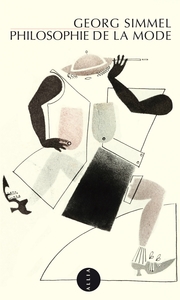Nous utilisons des cookies pour améliorer votre expérience. Pour nous conformer à la nouvelle directive sur la vie privée, nous devons demander votre consentement à l’utilisation de ces cookies. En savoir plus.
How is society possible?
EAN : 9791041941025
Édition papier
EAN : 9791041941025
Paru le : 19 déc. 2022
8,00 €
7,58 €
Disponible
Pour connaître votre prix et commander, identifiez-vous
Notre engagement qualité
-
 Livraison gratuite
Livraison gratuite
en France sans minimum
de commande -
 Manquants maintenus
Manquants maintenus
en commande
automatiquement -
 Un interlocuteur
Un interlocuteur
unique pour toutes
vos commandes -
 Toutes les licences
Toutes les licences
numériques du marché
au tarif éditeur -
 Assistance téléphonique
Assistance téléphonique
personalisée sur le
numérique -
 Service client
Service client
Du Lundi au vendredi
de 9h à 18h
- EAN13 : 9791041941025
- Réf. éditeur : 257255
- Date Parution : 19 déc. 2022
- Disponibilite : Disponible
- Barème de remise : NS
- Nombre de pages : 28
- Format : H:210 mm L:148 mm E:2 mm
- Poids : 52gr
- Résumé : Georg Simmel's essay "How Is Society Possible?" is built on the idea that an individual can develop himself or herself fully only by entering into society but nevertheless remains marked with an "in-addition" or "individuality-nucleus" that is never entirely socialized. Georg Simmel, American Journal of Sociology, vol. 16 (1910-11) "Kant could propose and answer the fundamental question of his philosophy, How is nature possible?, only because for him nature was nothing but the representation (Vorstellung) of nature. This does not mean merely that "the world is my representation," that we thus can speak of nature only so far as it is a content of our consciousness, but that what we call nature is a special way in which our intellect assembles, orders, and forms the sense perceptions. These "given" perceptions, of color, taste, tone, temperature, resistance, smell, which in the accidental sequence of subjective experience course through our consciousness, are in and of themselves not yet "nature;" but they become "nature" through the activity of the mind, which combines them into objects and series of objects, into substances and attributes and into causal coherences."

